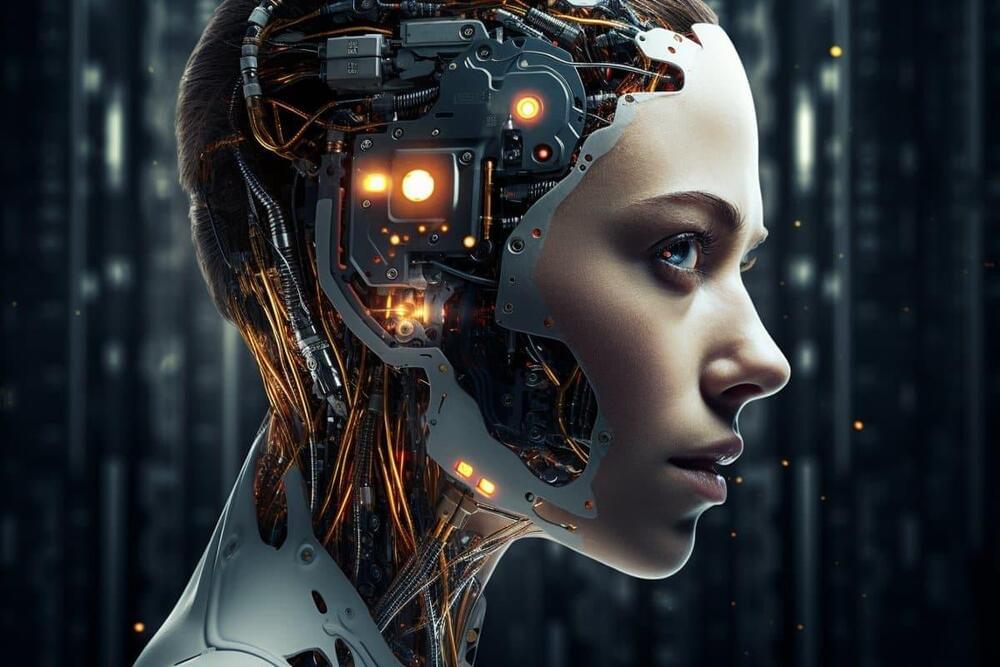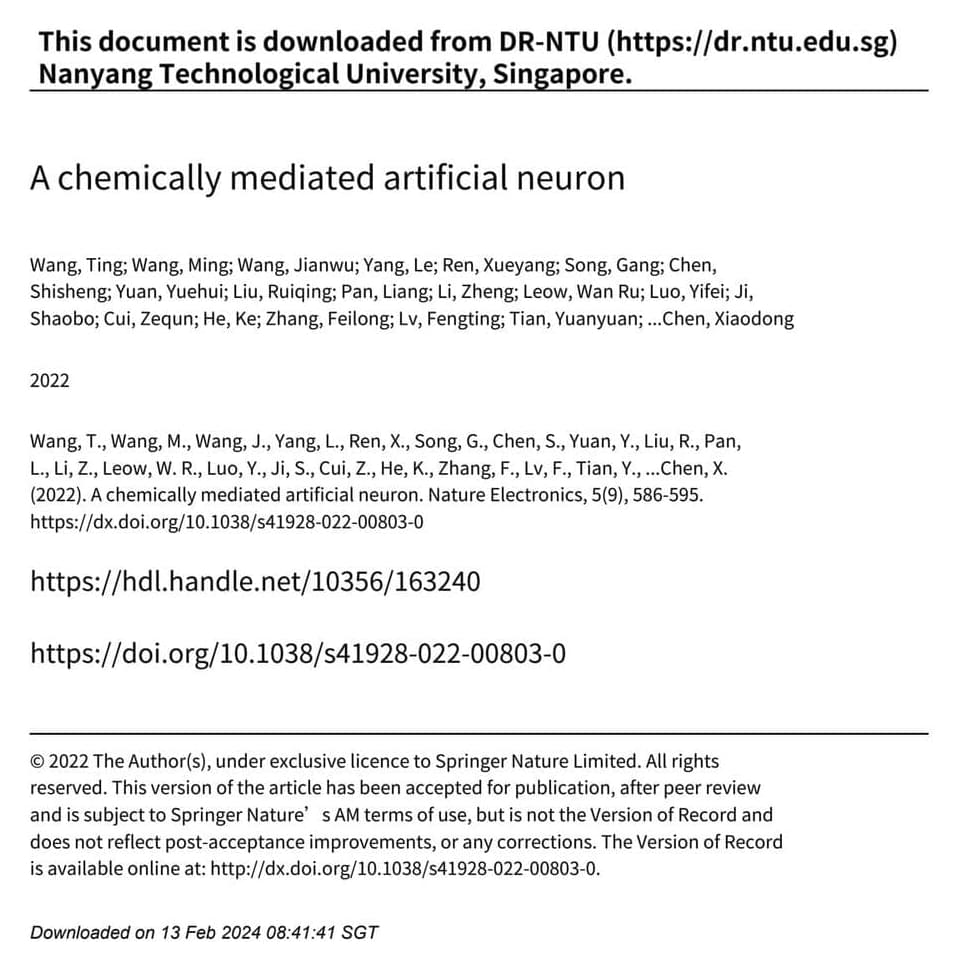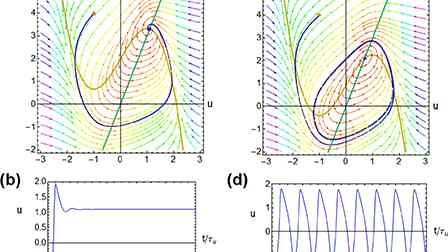The robot’s quadruped locomotion helps it look for hazards in cramped and cluttered experiment spaces inaccessible to other robots.
Category: robotics/AI – Page 783

Can AI Be Controlled?
Summary: Dr. Roman V. Yampolskiy, an AI Safety expert, warns of the unprecedented risks associated with artificial intelligence in his forthcoming book, AI: Unexplainable, Unpredictable, Uncontrollable. Through an extensive review, Yampolskiy reveals a lack of evidence proving AI can be safely controlled, pointing out the potential for AI to cause existential catastrophes.
He argues that the inherent unpredictability and advanced autonomy of AI systems pose significant challenges to ensuring their safety and alignment with human values. The book emphasizes the urgent need for increased research and development in AI safety measures to mitigate these risks, advocating for a balanced approach that prioritizes human control and understanding.


Device physics recipe to make spiking neurons
Divice recipe for making spiking artificial neurons.
Neurons, which are made of biological tissue, exhibit cognitive properties that can be replicated in various material substrates. To create brain-inspired computational artificial systems, we can construct microscopic electronic neurons that mimic natural systems. In this paper, we discuss the essential material and device properties needed for a spiking neuron, which can be characterized using impedance spectroscopy and small perturbation equivalent circuit elements. We find that the minimal neuron system requires a capacitor, a chemical inductor, and a negative resistance. These components can be integrated naturally in the physical response of the device, instead of built from separate circuit elements. We identify the structural conditions for smooth oscillations that depend on certain dynamics of a conducting system with internal state variables. These state variables can be of diverse physical nature, such as properties of fluids, electronic solids, or ionic organic materials, implying that functional neurons can be built in various ways. We highlight the importance of detecting the Hopf bifurcation, a critical point in achieving spiking behavior, through spectral features of the impedance. To this end, we provide a systematic method of analysis in terms of the critical characteristic frequencies that can be obtained from impedance methods. Thus, we propose a methodology to quantify the physical and material properties of devices to produce the dynamic properties of neurons necessary for specific sensory-cognitive tasks. By replicating the essential properties of biological neurons in electronic systems, it may be possible to create brain-inspired computational systems with enhanced capabilities in information processing, pattern recognition, and learning. Additionally, understanding the physical and material properties of neurons can contribute to our knowledge of how biological neurons function and interact in complex neural networks. Overall, this paper presents a novel approach toward building brain-inspired artificial systems and provides insight into the important material and device considerations for achieving spiking behavior in electronic neurons.
OpenAI backed 1X’s humanoid robots showcase an advanced neural network
1X’s androids use Embodied Learning, integrating AI software directly into their physical forms for advanced capabilities.
Maximizing adaptable hardware potential, 1X employs comprehensive autonomy, teaching motor behaviors via neural networks from visual input.
How many robots can you see in this image? Disney sees two
In addition to movies and themeparks, Disney is now also operating in robotics space but taking a different approach from the rest.
Disney is challenging our very notion of what constitutes a robot and if they need to work alone at all times to be effective.

OpenAI-buddy Brilliant Labs unveils eyeglasses with ‘AI superpowers’
“This is Frame, a reinvention of eyewear for the AI era,” says Brilliant Labs.
Brilliant Labs has become the latest company to introduce a pair of smart glasses called Frame.

Talking about AI could help US-China cool off say experts
There are many pain points that warrant discussions between the two nations but AI could be the thing that brings them to the table.
Relations between the United States and China have been downward recently. Topics like artificial intelligence (AI) and such technology in automated weapons could be common points of interest to get the two countries talking again.
Tensions between the two nations have been on the rise for a host of issues. Recently, the origins of the COVID-19 pandemic, China’s burgeoning presence in the South China Sea, and the supply of powerful chips in the technology space have been areas of disagreement on both sides.
The lack of dialogue on such issues has led to tensions between the two countries, and the imposition of restrictions on both sides has further strained relations. While addressing these points is expected to be a long-drawn affair for the two countries, common areas like AI could offer a starting point, experts told the South China Morning Post (SCMP).

Is Generative AI Overshadowing The Proven Workhorses Of Modern Tech?
Generative AI has emerged as the next wave of innovation amidst the ongoing evolution of the technological landscape, attracting the attention of both researchers and investors.
Even as vector databases and Retrieval-Augmented Generation models become mainstream, offering innovative ways to handle and process data, traditional ETL processes retain their importance in the data management ecosystem. Traditional ETL is fundamental for preparing and structuring data from diverse sources into a coherent, standardized format, making it accessible and usable for various applications. This structured data is crucial for maintaining the accuracy and reliability of information within vector databases, which excel at handling similarity searches and complex queries by converting data into vector space.
Similarly, RAG models, which leverage vast databases to augment content generation with relevant information retrieval, depend on well-organized, high-quality data to enhance their output’s relevance and accuracy. By ensuring data is accurately extracted, cleaned and loaded into databases, traditional ETL processes complement the capabilities of vector databases and RAG models, providing a solid foundation of quality data that enhances their performance and utility. This symbiotic relationship underscores the continuing value of traditional ETL in the age of AI-driven data management, ensuring that advancements in data processing technologies are grounded in reliable and well-structured data sources.
The rise of generative AI has indeed shifted the technological focus, overshadowing some of the core technologies that have been instrumental in our digital progress.